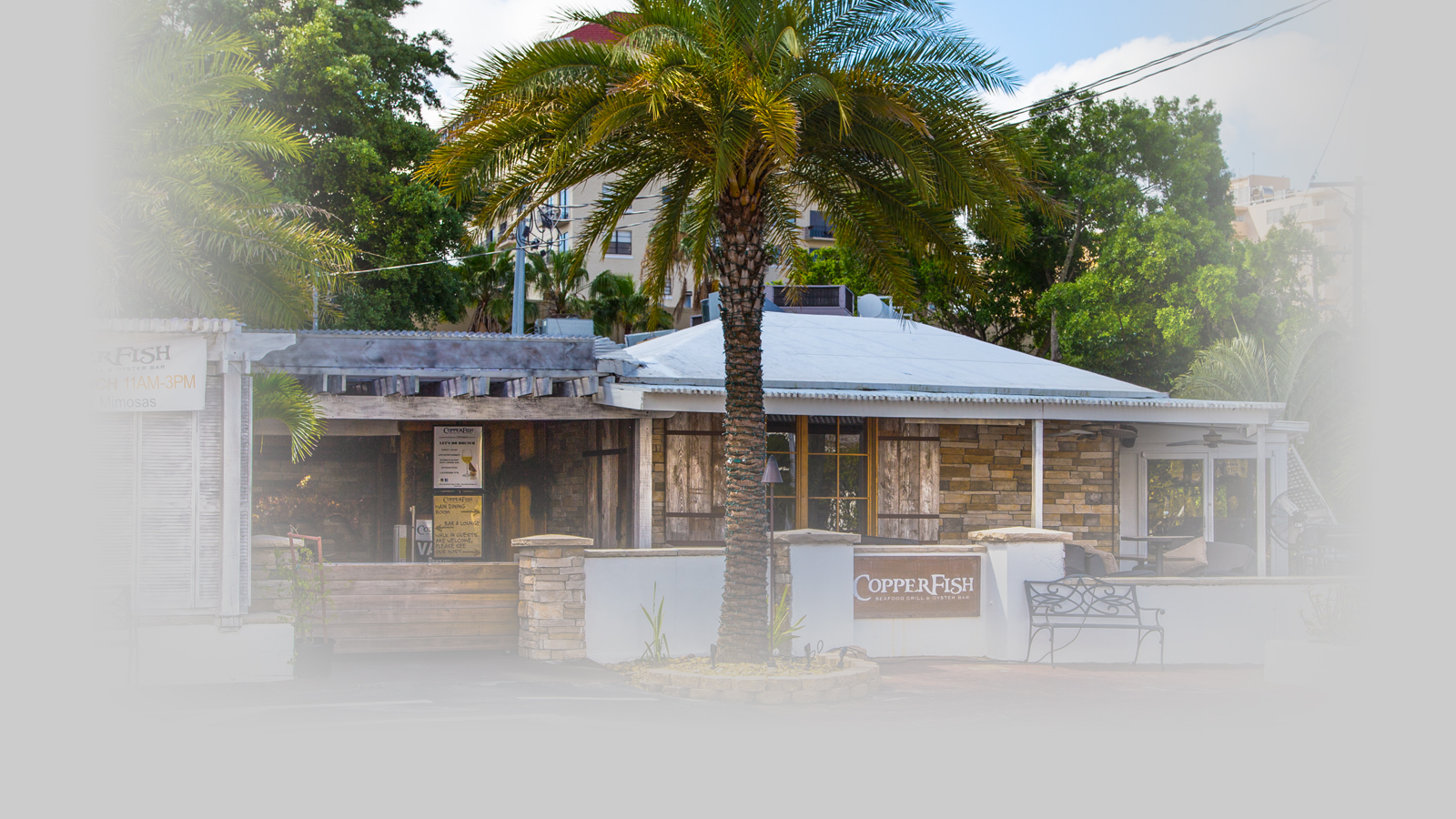
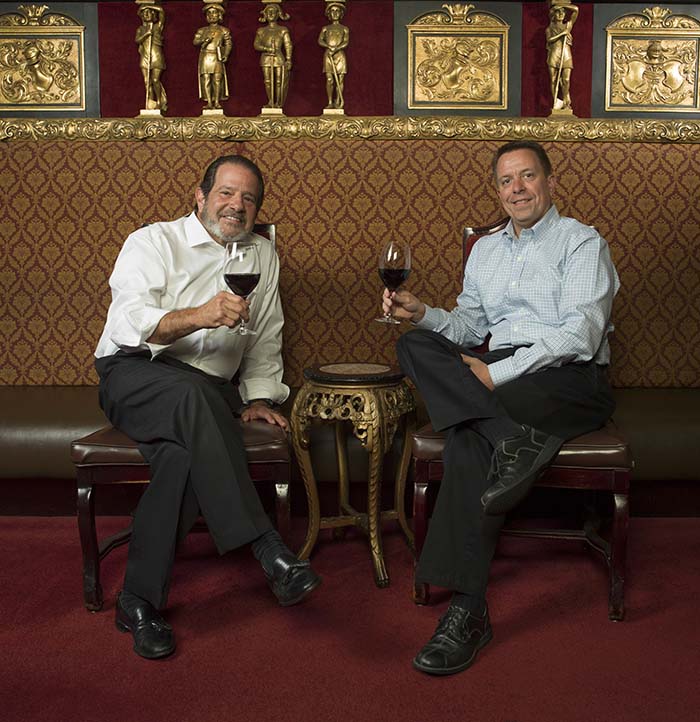
To fully appreciate the current landscape of Howard Avenue, you must first step back to the days before the heart of South Tampa truly took its shape. The way architect and South Tampa native Jeff Connor tells it, the strip was a ruthless area full of derelicts, vagrants and dilapidated homes.
“You didn’t want to be on Howard after dark,” Connor said. “People would shoot your headlights out.”
In the 1970s, South Tampa’s population declined significantly. An influx of new homes in north and eastern Hillsborough County enticed young families to flock to the suburbs. Home prices plummeted and businesses shut down.
“It was like a vacuum,” said David Laxer, owner of Bern’s Steak House. “Literally you could buy any house in South Tampa for $5,000. I remember going on Bayshore Boulevard and there would be estate and moving sales. In fact, a lot of the furniture and fixtures at Bern’s came from there.”
South Howard Avenue was at its lowest point, which made it ripe for the picking for restaurateurs like Gordon Davis. Davis saw potential where others saw failure. He experienced Howard Avenue’s promise at a young age. In high school he worked in the Bern’s Steak House wine cellar counting labels and taking inventory. When it came time to open his first restaurant, Le Bordeaux, he knew Howard Avenue would be the perfect location.
“I saw a place where you could walk from Bayshore to Kennedy,” he said. “There was more walkability and space on Howard than anywhere in Tampa.”
He took connected three homes to assemble the 50-seat Le Bordeaux, which took South Tampa by storm with its affordable French provincial cuisine. At the time, Howard Avenue had just a handful of restaurants and bars: Chatterbox, Tiny Tap, Hugo’s Spanish Restaurant, Chavez at the Royal, Bella’s and, of course, Bern’s Steak House.
By the 80s, Howard started to see an influx of new restaurants and bars. If the street was ever going to reach its full potential, there would have to be guidelines put in place to preserve the area’s aesthetics. In 1988 Davis enlisted his engineering friends Jeff Connor and Joe Toph of Urban Order, as well as David Laxer of Bern’s, to develop a plan of attack for Howard Avenue.
“We saw the growth happening and we wanted to be ahead of the curve,” Laxer said. “It wasn’t like we had a master plan, we just wanted to have some guidelines so we could keep Howard independent.”
Over the next year and a half the team established the design overlay for which every new restaurant and bar would adhere. Davis provided Connor and Toph with free food and drinks in exchange for their work (“a good deal for two single guys,” Connor said). The first draft was presented to former Mayor Dick Greco in 1989. Davis said he immediately backed the project.
“We thought Howard Avenue lends to the downtown corridor,” Davis said. “It was close to the downtown core and would provide Tampa with four districts in Ybor City, Channelside and downtown.”
The guidelines included a requirement to set back all buildings, keep a definitive pedestrian area, update the street lighting and restrict the types of signs to stay cohesive with the development of the street. The next step was establishing a brand for the area. That’s when Davis dubbed South Howard Avenue as SoHo.
“It was kind of a leap for me to take,” he said. “But it stuck.”
From that point forth, Howard would quickly become the heart and soul of South Tampa. Scores of new bars and restaurants would flood the strip, causing SoHo to be known as “Restaurant Row.” In the following pages, you’ll read first-hand accounts from some of Howard’s most influential tenants.
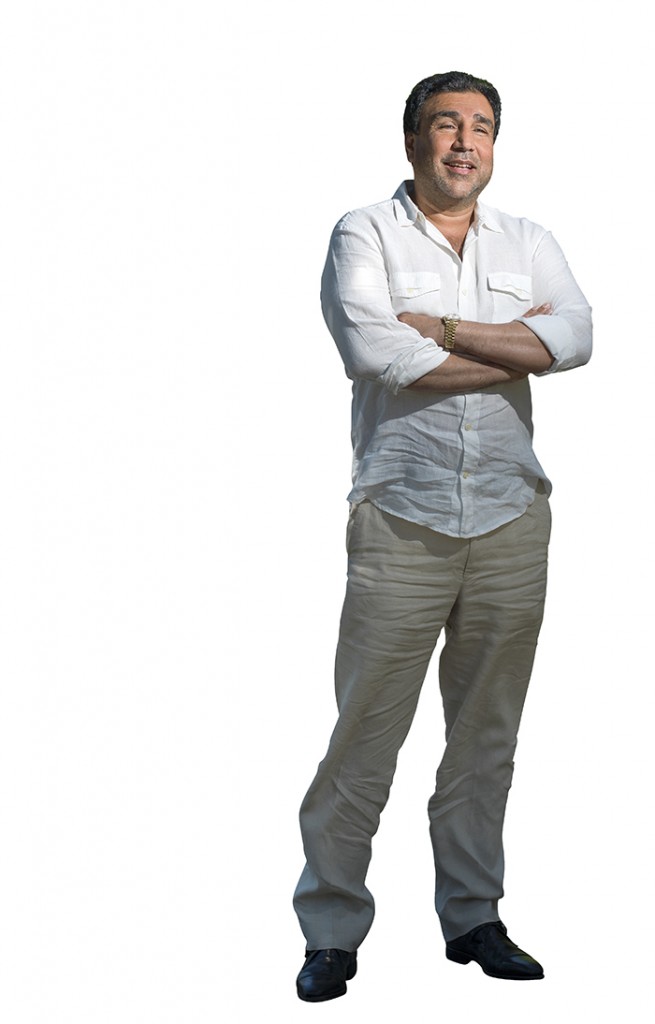 Sam Shah, Mangroves (1996-2013)
Sam Shah, Mangroves (1996-2013)
I opened Mangroves with my partners Larry and Debbie Hudson in 1996. We knew we wanted to start a bar/restaurant. Rent was reasonable and Howard seemed like a great place for independents.
We started with a great happy hour, and everything blew up from there. Young professionals who were 25-plus would get off work in downtown and come here for drinks. From 6pm to 10pm, you couldn’t move in there. We’d have 1,500 people in the place.
We shut our doors December 2013. We just got too old. This is a young person’s business. It’s a tough business and you have to have the young energy for it.
Right now, I’m a member of the Cultural Assets as an Economic Engine committee. Our goal is to bring people to Tampa. Tampa has so much to offer, but often gets overshadowed by cities like Miami.
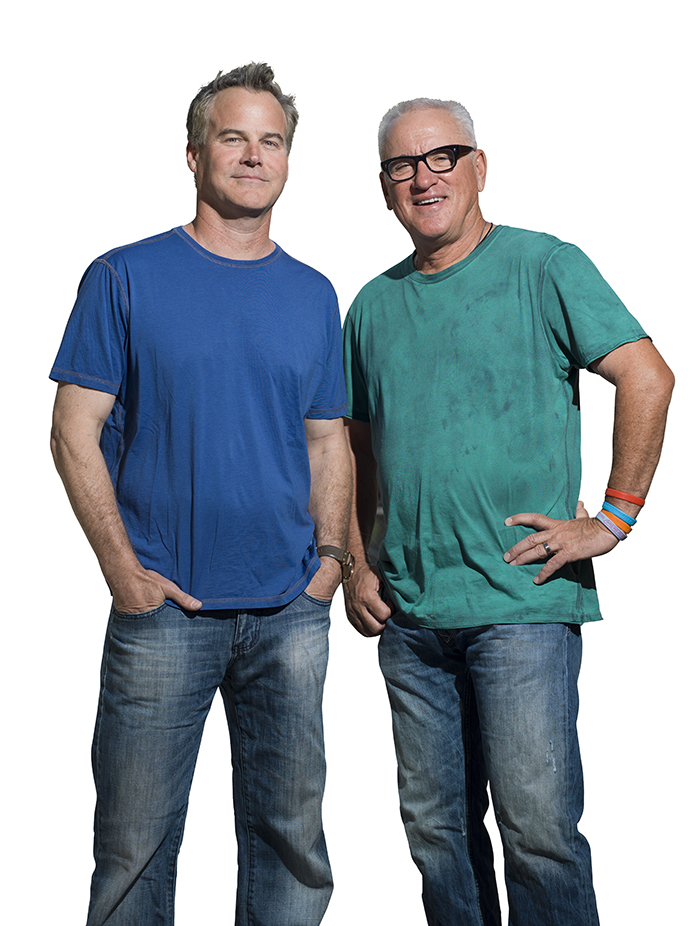
Michael Stewart, 717 South (2004-present)
I was born and raised in South Tampa. I took over the family business in 2004 to try and turn it around. It took about six months, but we started selling out 717 South every weekend. It has been like that ever since.
Joe (Maddon) and I have a serendipitous relationship. He was a regular here for a long time, but I never wanted to bother him. In the first 90 seconds we met, we hit it off and were talking about food and wine. Our new Italian-inspired restaurant, AVA, opens September 1. We’ll have fresh Italian pizzas in one and a half minutes. We’ve brought in Chef Joshua Hernandez from California. Josh is an expert with this Acunto pizza oven.
Why would I leave? Howard has been great for me. My thought is if we’re booked up 100-percent we can say try our sister restaurant, AVA, right across the street.
Tommy Ortiz, Cheap (1999-present), Hideaway (1991-2002), Whiskey Park (2002-2007)
In my opinion, Hideaway was a visionary in the sense that it brought something to SoHo that was so unique at the time. When it hit, it took on a life of its own.
Hideaway closed and I opened Whiskey Park in 2002. It wasn’t like we were masterful entrepreneurs. The location was second to none. You could put anyone there and it would do well. Post bought the land and we closed up in 2007. Then the Recession hit and they stopped all plans to build. Worst part is we could have stayed open until last year when construction finally started.
With Cheap, we wanted to create a next level Whiskey Park. I brought in Chef Rui Pedrosa and I think he’s doing some of the most creative things, food-wise, on Howard.
Howard is unique in the sense that there’s nothing like it in the city.
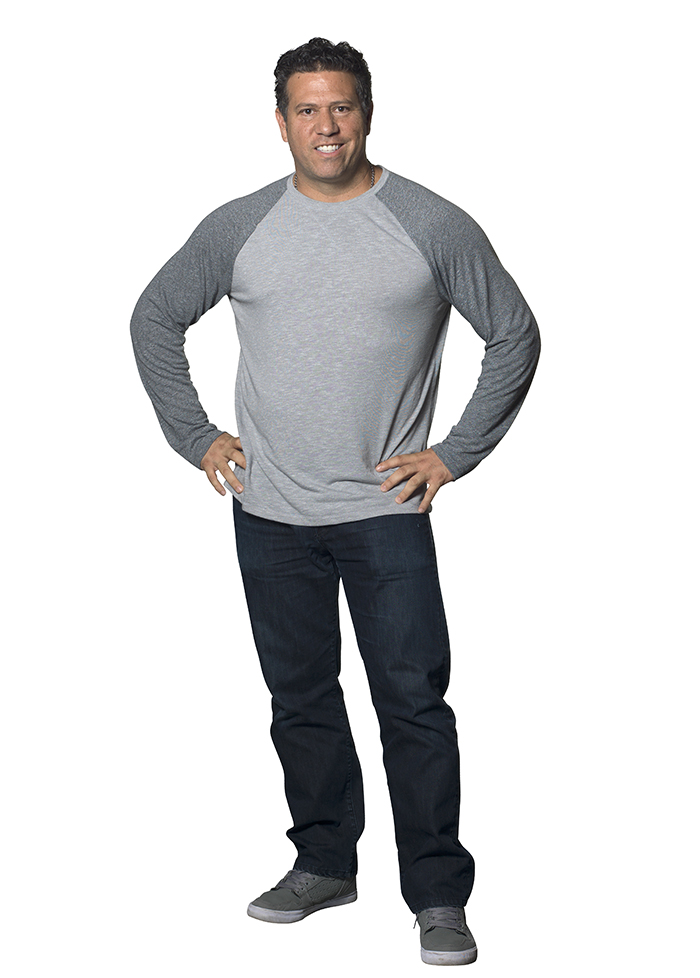 Jeff Gigante, Ciccio Restaurant Group (1995-present)
Jeff Gigante, Ciccio Restaurant Group (1995-present)
When I was 23-years-old, the Lanza family hired me to run the bakery in their New York City restaurant. I built a reputation there, but I grew up in St. Petersburg and wanted to be closer to family. So I saved my money and told them I wanted to take their concept to Tampa. We thought Howard was ideal for Ciccio & Tony’s. We opened up, and it was gangbusters busy.
9/11 was a scary time for us. The Lanzas were smart enough to keep the place open and hit hard on the catering and take out business. That helped balance the revenue until people started living again.
Right now we have 390 employees and we’re feeding 80,000 people a month with our brands. We feel blessed and fortunate to be on this avenue.
My dream is to implement a beautification project with the city so that we’re uniform with the landscaping and sidewalks.
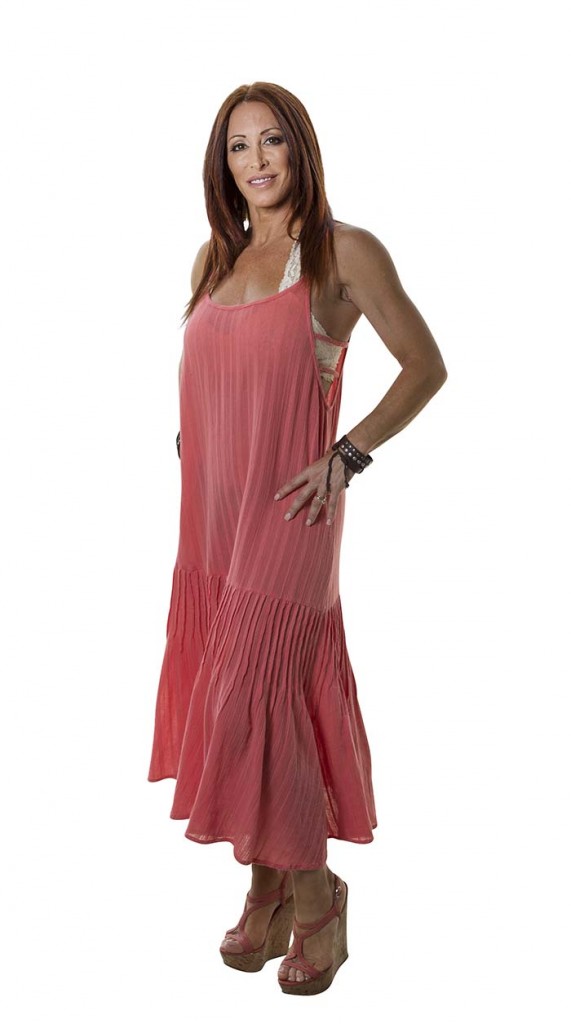
Corey Rena-McKnight, Hideaway (1991-2002)
I was only living in Tampa for a few months when my ex-husband Timmy (Donovan) presented the idea of opening Hideaway on Howard. He said Howard was the next up-and-coming area. When the Tampa Bay Lightning formed, we became the players’ bar. Every NHL team came in here.
In 1997, we opened Bacchus Sushi & Noodles, which was a joint venture with Hideaway. It was really before its time. No one in Tampa was offering sushi of that caliber then. When 9/11 happened, suddenly people stopped spending. We were just never able to recover.
I came down here and took pictures when they took down the building. I grew up here. I was here everyday in my 20s and watched (Howard) evolve, and I think it’s great. We all worked together as a family and wanted to see it grow. Howard Avenue will always be a staple in Tampa.
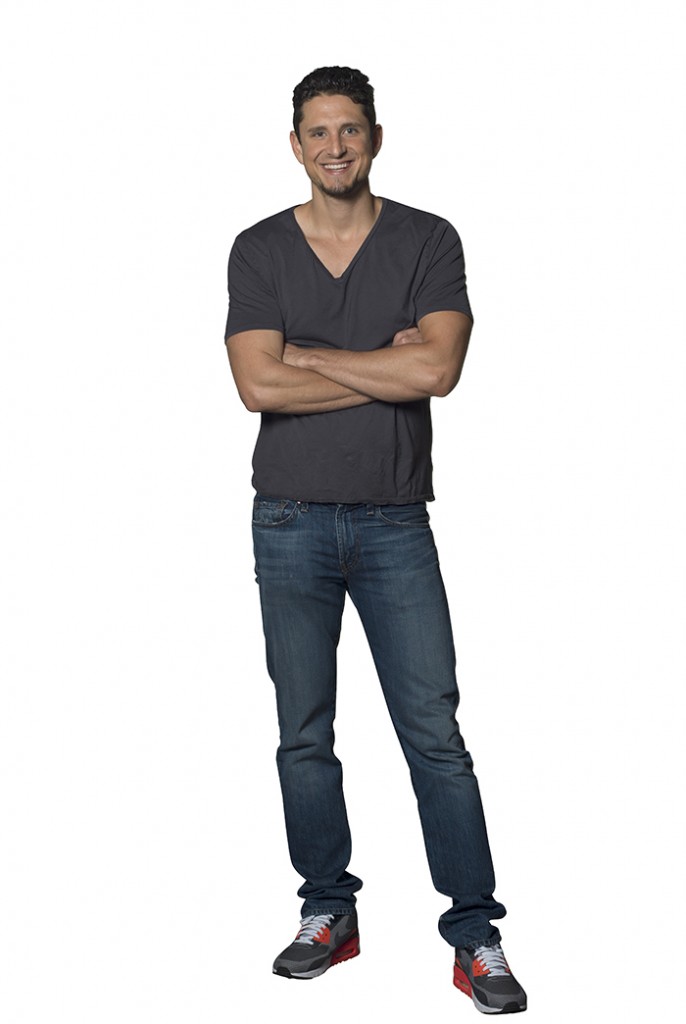 Matt Lanza, Ciccio’s Restaurant Group
Matt Lanza, Ciccio’s Restaurant Group
My brother Steven and I travel to New York and California a lot, so a lot of what we’re trying to do is bring that energy and ambiance to our restaurants. The clothing, the music, the ambiance all reflects our personalities. We’ve gotten lucky that our guests like it, too.
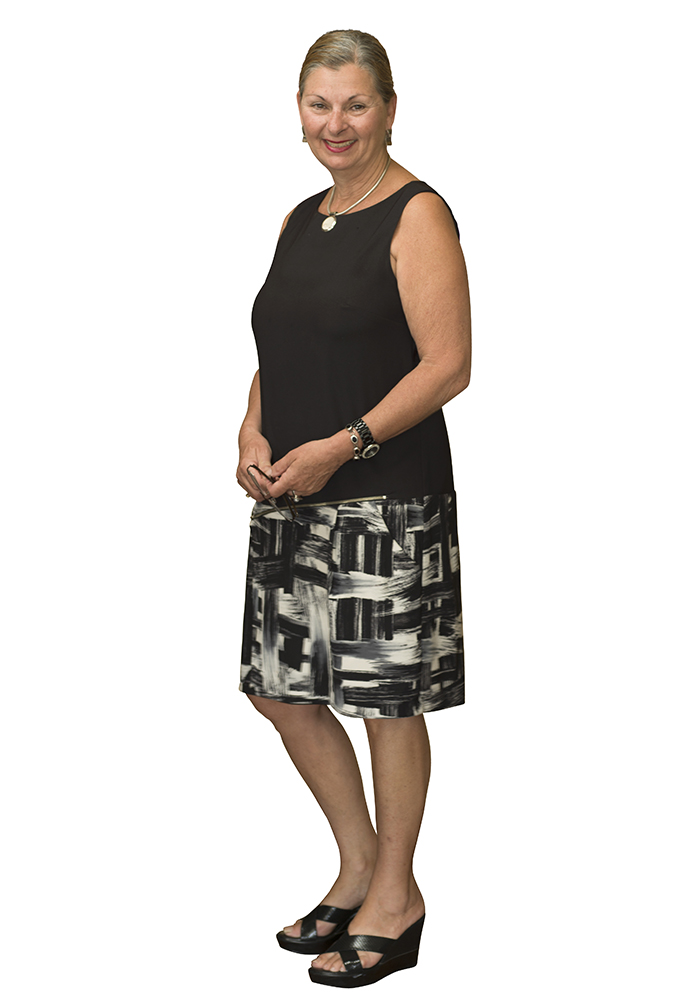 Sharon Stewart, 42nd Street, The Bistro (1994-2004)
Sharon Stewart, 42nd Street, The Bistro (1994-2004)
We were the first martini bar in Tampa. We served the coldest 10-ounce martinis in town; stirred, never shaken. We were second only to Bern’s Steakhouse in the amount of wine we sold per glass. Our specialties were steaks, seafood and pastas.
In 1998 we had more than $1 million in sales.
In 2001, the street changed. There were more bar people coming in. When the clientele changed, there was less demand for food. Beer sales went up and wine sales went down. Then when the smoking ban went into effect, we really felt the change. About 30-percent of our business was lost.
I sold out of the business in 2004 and later opened Wine Studio on Henderson Boulevard. I don’t feel like I’m missing anything on Howard. We have more of a mature crowd. A lot of my customers still remember me from those 42nd Street days.
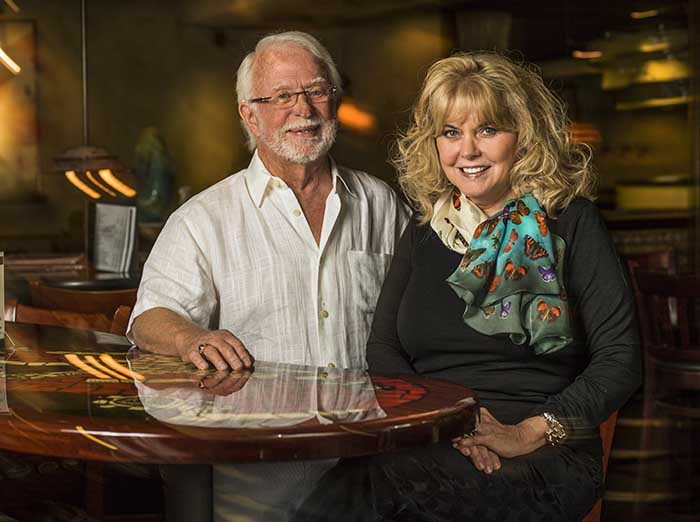
Bill Shumate, Bella’s Italian Café (1986-present)
I came from Oklahoma around 1986 and started looking for restaurant sites. My partner, Joanie Corneil, and I looked in Pinellas County, downtown and even the Dale Mabry corridor by Fletcher Avenue before deciding on Howard. The neighborhood at that time was pretty bad. There were a few homeless people sleeping on the street. The street just hadn’t been kept up. Bern’s Steakhouse was a big impression on us. It was a little scary opening at first, but we were confident.
We opened July 31, 1986. It was a Wednesday. By Thursday, we had a wait for seating. There were six restaurants when we started and there are dozens now. The area has cleaned up a lot since we opened.